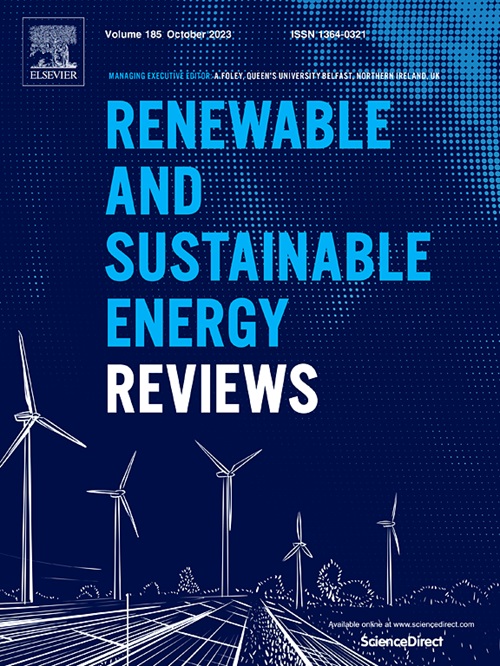EV charging for multifamily housing: Review of evidence, methods, barriers, and opportunities
IF 16.3
1区 工程技术
Q1 ENERGY & FUELS
引用次数: 0
Abstract
For equitable electric vehicle adoption, the challenge posed by the dearth of home-charging infrastructure for multifamily housing residents has been widely acknowledged but infrequently studied. As research and practitioners began to focus on equity concerns in the 2010s, the non-peer-reviewed “grey” literature (consisting of reports from university centers, national labs, nongovernmental organizations, consultants, and government agencies) advanced faster and further than peer-reviewed articles. The major research gap in this field is the extremely small number of peer-reviewed papers focused entirely on electric vehicle charging for multifamily housing. As a result, this review also includes (a) studies of charging infrastructure that separately examine multifamily charging, and (b) studies of electric vehicle adoption that address how the lack of home charging hampers equitable adoption. This study reviews 103 documents in this emerging research area. Research often combines a variety of methods to study this problem, which this paper groups into spatial or geographic analysis; survey research; statistical modeling; qualitative research; policy, law, economic, engineering, and business research; and case studies, site visits, and pilot projects. Every study viewed multifamily housing and renting as posing substantial barriers including physical/technological (especially parking and electrical capacity); financial (especially the high cost); management; public acceptance/demand; and regulatory/legal issues. This research proposed the first classification system for the varied solutions proposed, including incentives and subsidies; technological; new business models; regulatory and legal; geographical (including curbside or streetlights); education and outreach; and substitution. With so few studies focused on this problem, many promising directions beckon to future researchers.

求助全文
约1分钟内获得全文
求助全文
来源期刊

Renewable and Sustainable Energy Reviews
工程技术-能源与燃料
CiteScore
31.20
自引率
5.70%
发文量
1055
审稿时长
62 days
期刊介绍:
The mission of Renewable and Sustainable Energy Reviews is to disseminate the most compelling and pertinent critical insights in renewable and sustainable energy, fostering collaboration among the research community, private sector, and policy and decision makers. The journal aims to exchange challenges, solutions, innovative concepts, and technologies, contributing to sustainable development, the transition to a low-carbon future, and the attainment of emissions targets outlined by the United Nations Framework Convention on Climate Change.
Renewable and Sustainable Energy Reviews publishes a diverse range of content, including review papers, original research, case studies, and analyses of new technologies, all featuring a substantial review component such as critique, comparison, or analysis. Introducing a distinctive paper type, Expert Insights, the journal presents commissioned mini-reviews authored by field leaders, addressing topics of significant interest. Case studies undergo consideration only if they showcase the work's applicability to other regions or contribute valuable insights to the broader field of renewable and sustainable energy. Notably, a bibliographic or literature review lacking critical analysis is deemed unsuitable for publication.
 求助内容:
求助内容: 应助结果提醒方式:
应助结果提醒方式:


